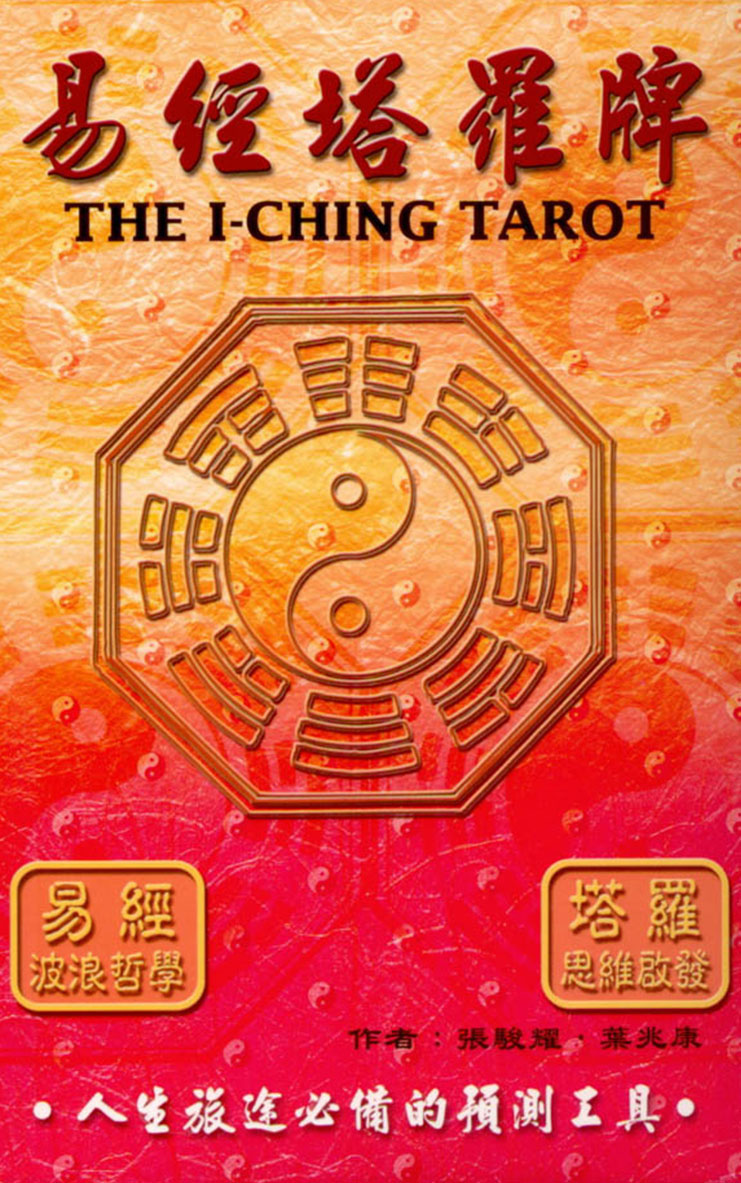《Tarot Card》
The difference between a tarot and other divination systems is that in the tarot its language is visual. It is thus with the I-Ching Tarot. The illustration of a picked card holds the key that unlocks and reveals the answer.
Before doing your first consultation, study your I-Ching deck. Look at all 64 pictures. Study each of the images and let your imagination roam. Get to know the meanings of the pictures - and contemplate. Do this so that the energy of your I-Ching deck and your inner-knowing imngles. There will be several images the meanings of which will be immediately obvious. All meanings to images can be looked up at the Interpretation section (Chapter 8) of the Guidebook. The interpretation to each card also gives a quick answer to the most often asked questions i.e. with regard to a wish, an affair of the heart, dispute or sickness.
Each picture is in combination with its own set of duo-trigrams (the hexagram) e.g. for hexagram no.31 (courting), the upper trigram is Lake and the lower trigram is Mountain. Apart from interpreting the picture, study the six sets of lines and the two individual symbols. These give detail in regard to people, season (timing), orientation and the nature of the situation in question. Those unfamiliar with the I-Ching may need time to familiarize themselves with these. However, this book is made out so as to walk you through the labyrinth of symbols and meanings without much effort. In time, readings and interpretations will become second nature even to the uninitiated I-Ching enthusiast.
A deeper level of understanding is formed by studying bars 2,3,4 and 3,4,5 of the hexagram (its nuclear trigram). Hence for hexagram 31 "Courtship", its nuclear trigram is hexagram 44 " temptation/a meeting" : heaven (upper trigram)/ wind (lower trigram). In this case, the situation of "Courtship" comes as a result of "a meeting". While the component trigrams point to the most dynamic external aspects at work, the two nuclear trigrams tell the internal workings.








